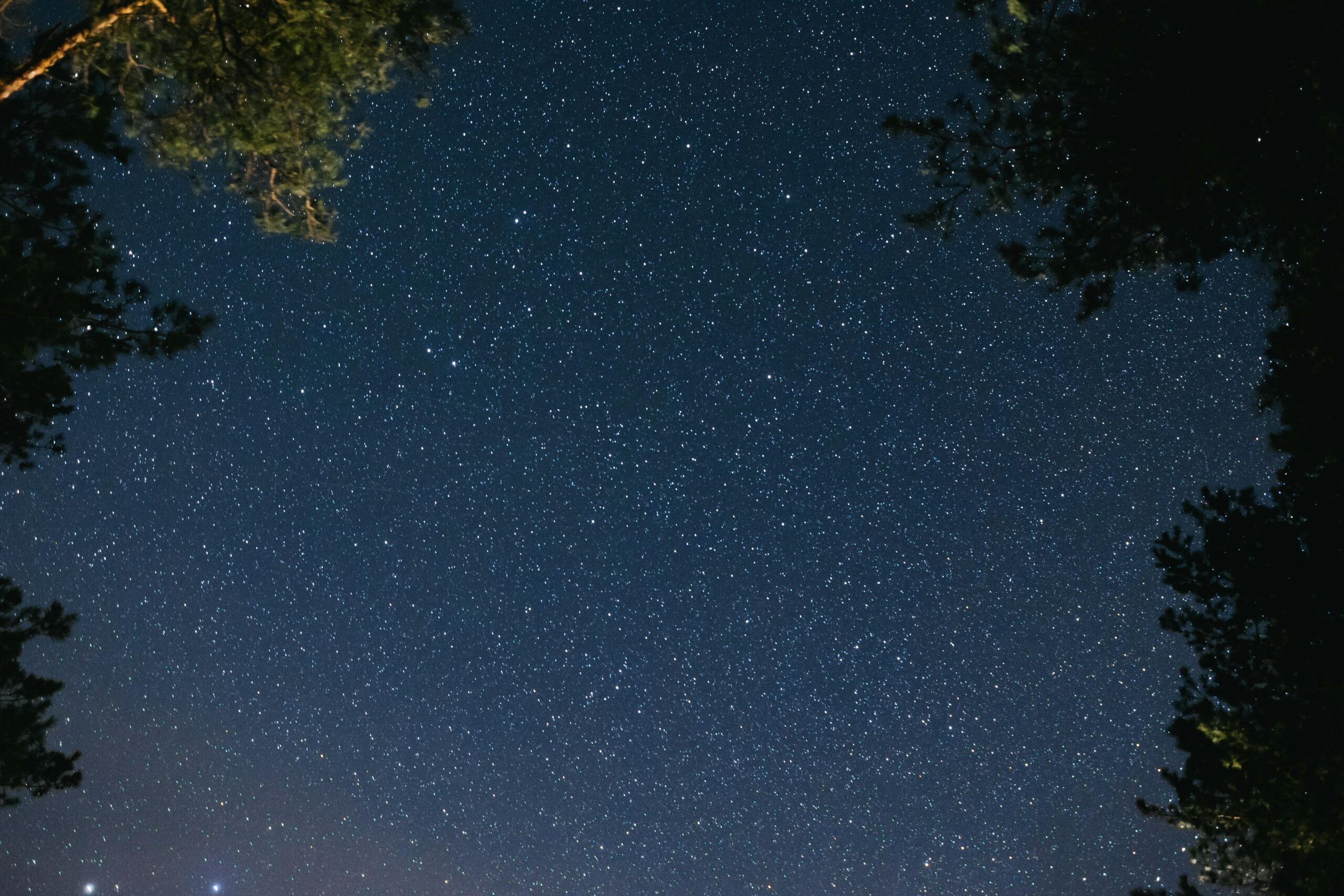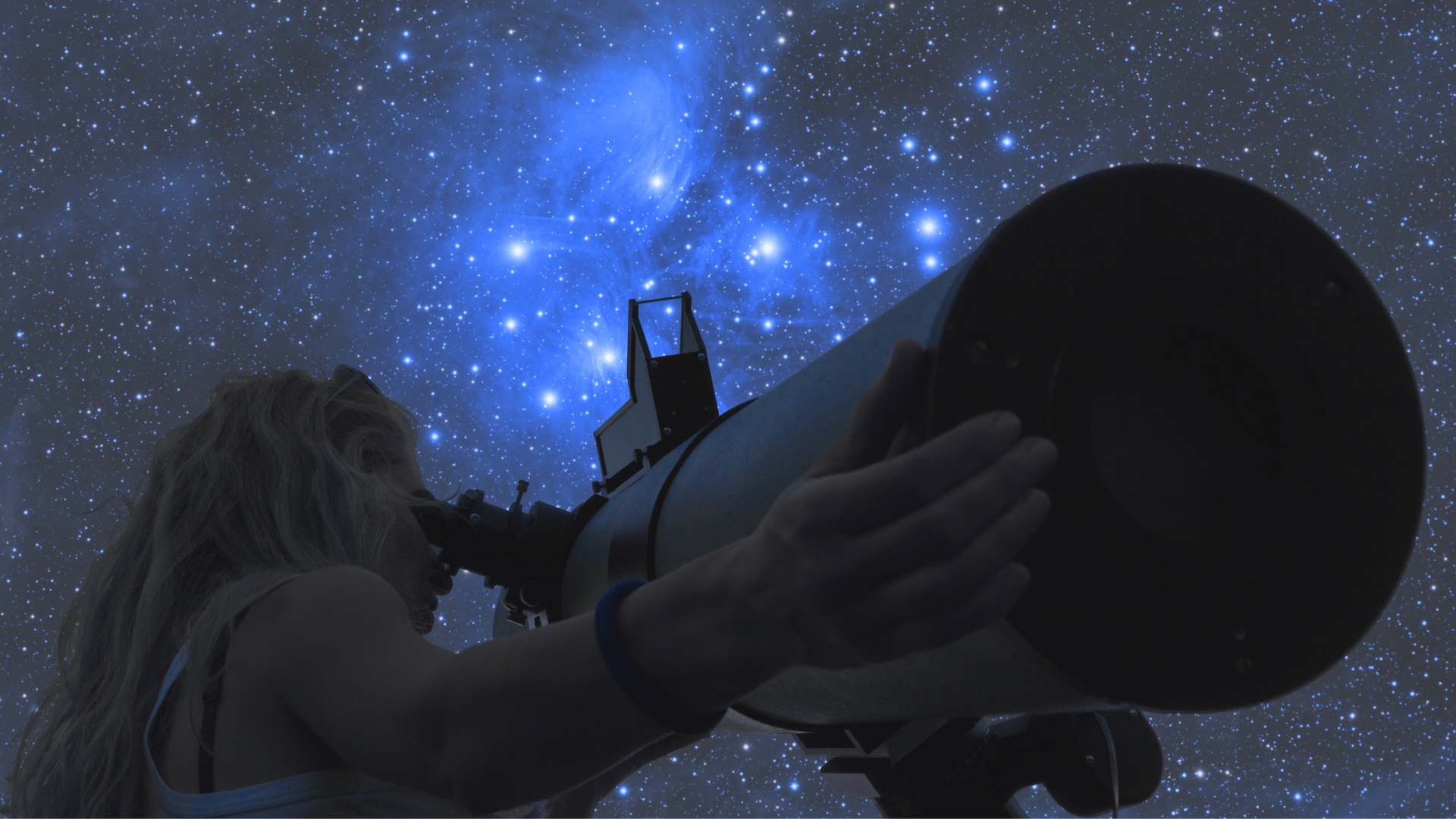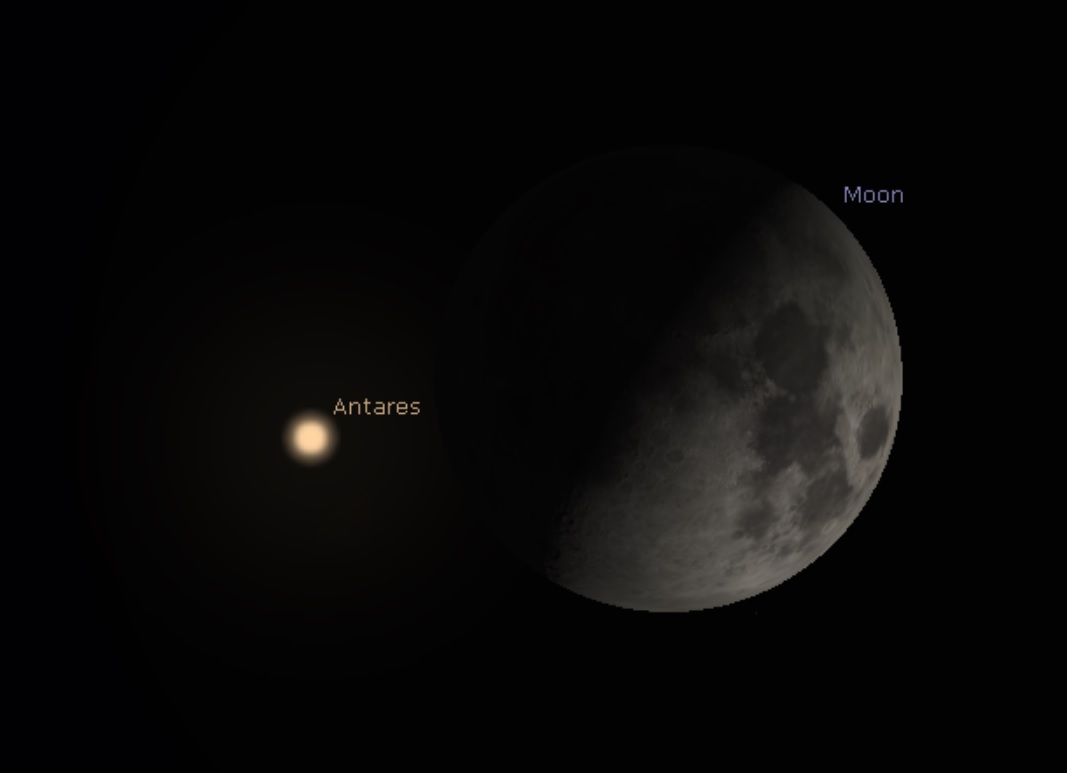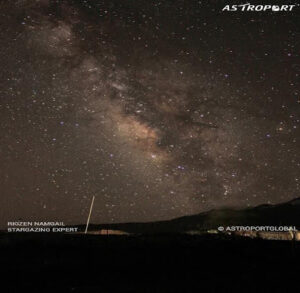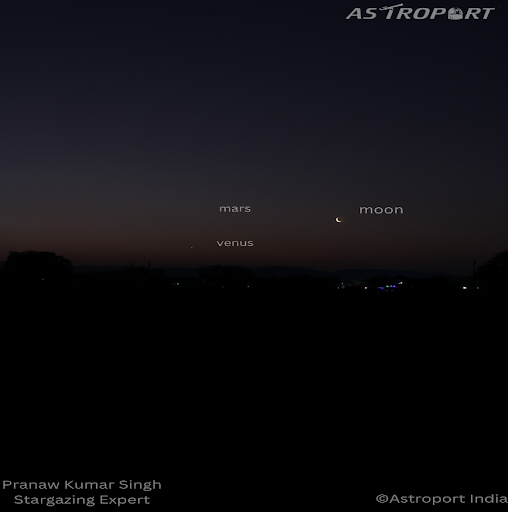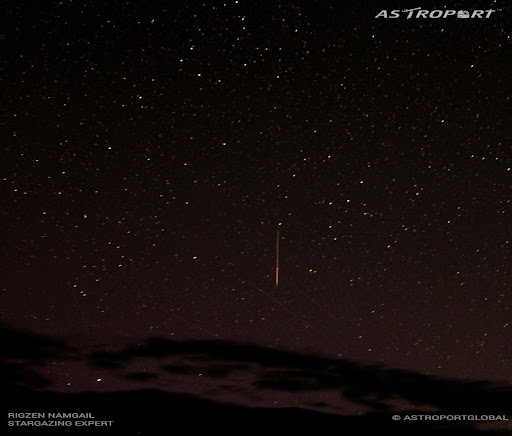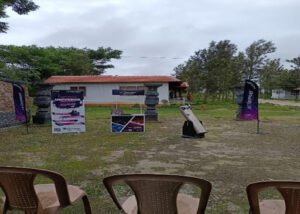Introduction
In today’s world, light pollution has become a pervasive issue, obscuring the beauty of the night sky from countless urban dwellers. However, there are still places where stargazing can be an inspiring experience. India, with its vast landscapes and minimal light pollution, offers a unique opportunity for stargazers to connect with the night sky. Dark Sky Sanctuaries, designated areas with exceptionally low artificial light pollution, provide the perfect setting for an unobstructed stargazing experience.
In this blog, we’ll explore some incredible hotels located near Dark Sky Sanctuaries in India, where you can indulge in the ultimate stargazing experience. Where you can witness the celestial wonders in all their glory. Let’s explore some of the best hotels located near these sanctuaries or in areas with low light pollution, providing an unparalleled stargazing experience.
What are Dark Sky Sanctuaries?
Dark Sky Sanctuaries are areas recognized for their exceptional quality of starry nights and low artificial light pollution. These sanctuaries are designated by the International Dark-Sky Association (IDA) to promote astronomy and preserve the natural darkness.
Top Dark Sky Sanctuaries in India
Ladakh
Astroport: Nestled amidst the majestic Himalayas, Astroport in Ladakh is a haven for astronomy enthusiasts. Offering a variety of accommodation options, from luxury tents to cozy cottages, this resort provides a perfect base for stargazing.
Other options: Consider staying in Leh or Nubra Valley for a more budget-friendly option while still enjoying stunning night sky views.
Spiti Valley
Camp Spiti Valley: This eco-friendly camp offers comfortable tents and breathtaking views of the surrounding mountains. Its remote location and minimal light pollution make it an ideal spot for stargazing.
Other options: Explore nearby villages like Kaza or Kibber for more accommodation choices.
Rann of Kutch
White Desert: This unique desert landscape offers a truly unforgettable experience. Stay in a tent or a hut and marvel at the starry sky, especially during the full moon.
Other options: Consider visiting during the Rann Utsav, a vibrant festival with various accommodation options.
Hanle, Ladakh
Indian Astronomical Observatory: This research facility is home to the largest optical telescope in India. While accommodation options may be limited, visiting the observatory during the day and staying in a nearby village can provide a unique stargazing experience.
Hampi, Karnataka
Various hotels and resorts: Hampi, a UNESCO World Heritage Site, offers a range of accommodation options. Look for hotels away from the main tourist areas to enjoy a quieter atmosphere and better stargazing conditions.
Astroport Sariska, Rajasthan
Located on the outskirts of the Sariska National Park, Astroport Sariska is India’s first dedicated astro-resort. Nestled in a dark sky zone with minimal light pollution, this hotel is designed specifically for astronomy enthusiasts. Equipped with telescopes and expert-guided stargazing sessions, it’s a haven for those looking to witness celestial events and formations such as meteor showers, planets, and distant galaxies. Astroport Sariska offers an unparalleled experience under the clear, starry skies of Rajasthan.
Things to be observed from Dark Sanctuaries:
Dark Sky Sanctuaries offer breathtaking views of the night sky. Here are some incredible things to observe:
Celestial Objects:
- Stars: Thousands of twinkling stars, constellations, and asterisms.
- Planets: Jupiter, Mars, Saturn, Venus (depending on alignment).
- Milky Way: The majestic galaxy’s central bulge and sweeping arms.
- Nebulae: Orion, Carina, and other breathtaking interstellar gas clouds.
- Galaxies: Andromeda, Triangulum, and other distant galaxies.
Astronomical Events:
- Meteor Showers: Witness spectacular shooting stars during peak seasons.
- Lunar Eclipses: Observe Earth’s shadow on the moon.
- Solar Eclipses: Witness the moon’s shadow on Earth (with proper safety).
- Planetary Alignments: Rare conjunctions of planets.
- Comets: Rare appearances of icy bodies.
Tips for a Successful Stargazing Experience:
- Check the lunar cycle: Avoid nights with a full moon as its brightness can interfere with stargazing.
- Pack warm clothing: Even in warmer regions, nights can get chilly, especially at higher altitudes.
- Bring a telescope or binoculars: While not essential, these can enhance your stargazing experience.
- Avoid using flashlights or bright screens: Sudden exposure to light can affect your night vision.
- Learn about constellations and celestial objects: A basic understanding of astronomy can make your stargazing experience even more enjoyable.
Conclusion
India’s Dark Sky Sanctuaries offer a unique opportunity to connect with the universe. Combine this with exceptional hospitality from hotels like Astroport and others, and you have the ultimate stargazing experience. Escape city lights, and indulge in the celestial beauty of India’s night sky. By choosing one of these hotels or exploring the surrounding areas, you can embark on a truly magical journey of stargazing in India. Immerse yourself in the vastness of the cosmos and create memories that will last a lifetime.

